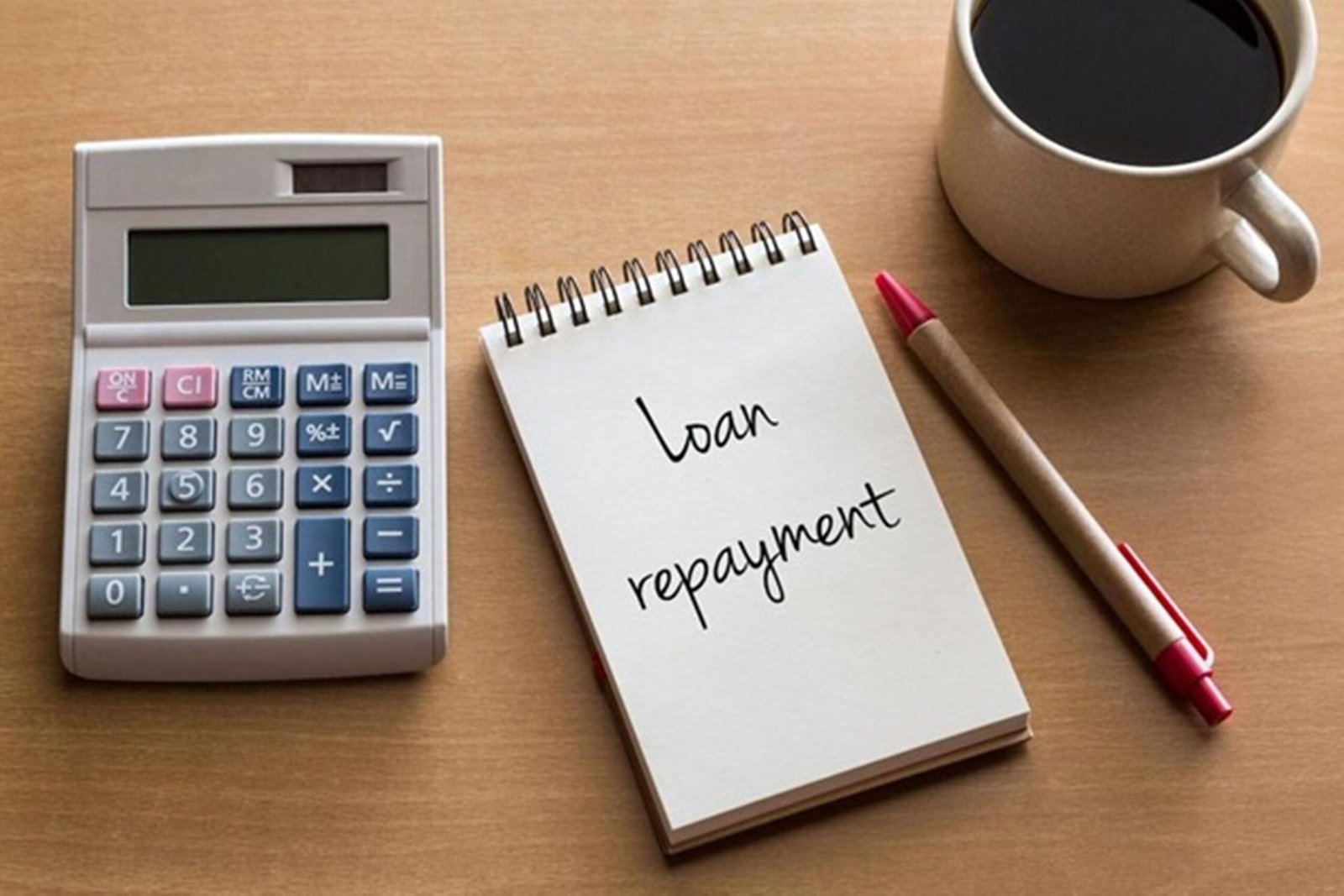How To Plan Repayment Strategies For One-Month Loans

Need quick cash but worried about repayment? Discover practical strategies to manage and repay your 1 month loan without stress. From budgeting tips to expert insights, this guide helps you stay on track, avoid debt traps, and take control of your short-term borrowing with confidence.
When financial challenges appear suddenly, a 1 month loan can offer quick relief. Whether it’s covering an urgent bill, unexpected car repair, or temporary cash shortfall, this short-term borrowing option gives you the funds you need fast. However, the real challenge isn’t getting the loan — it’s ensuring you repay it without creating new financial stress.
In this guide, we’ll walk you through practical strategies to plan your repayment, manage your budget, and avoid falling into a debt cycle.
Understanding One-Month Loans
One-month loans are short-term borrowing options designed to be repaid in full — usually within 30 days. They can be convenient, but their short repayment window requires discipline.
Key features include:
- Fast approval: Funds can be available within hours.
- Short-term commitment: Repayment is typically due within 30 days.
- Higher interest rates: Short-term convenience comes at a cost.
Why Repayment Planning Is Essential
Without a clear repayment plan, a short-term loan can quickly lead to financial pressure. Missing the repayment deadline may result in:
- Additional fees and penalties
- Higher interest due to extensions
- Negative impact on your credit score
A well-planned repayment strategy ensures you meet your obligations and keep your finances healthy.
Step 1: Calculate the Total Repayment Amount
Before you accept the loan, know exactly how much you’ll owe. Many borrowers focus on the loan amount and overlook interest and fees.
Example: If you borrow £500 for a one-month term with a 10% interest rate, your repayment will be £550. If late fees apply, that could easily increase.
Tip: Always use the lender’s loan calculator before committing.
Step 2: Create a Dedicated Repayment Budget
Once you know your repayment amount, build a budget around it. Prioritise this payment above non-essential expenses.
Budgeting checklist:
- List all your income sources.
- Deduct essential expenses (rent, utilities, food).
- Allocate the loan repayment amount.
- Assign any surplus for savings or emergencies.
Step 3: Set a Separate Loan Repayment Account
Opening a separate account for your repayment funds can help you stay disciplined. As soon as you receive your paycheck, transfer the repayment amount into this account. This prevents accidental spending.
Step 4: Cut Back on Discretionary Spending
For just one month, make small but impactful lifestyle changes.
Ways to free up extra cash:
- Cook meals at home instead of dining out.
- Cancel unused subscriptions.
- Limit entertainment expenses.
- Use public transport instead of driving.
These small adjustments can create enough breathing room to comfortably repay your 1 month loan.
Step 5: Consider Early Repayment
If you receive unexpected income — such as a bonus, tax refund, or side hustle earnings — repay your loan early. Some lenders may even reduce interest if you settle before the due date.
Step 6: Build a Financial Buffer for Next Time
While one-month loans can be helpful, relying on them repeatedly can strain your finances. Start setting aside a small emergency fund to avoid urgent borrowing in the future.
Expert Insights: Staying Debt-Free After a Short-Term Loan
Financial advisor tip: Treat short-term loans as one-off solutions, not regular tools. Once repaid, channel the same repayment amount into savings every month. Over time, you’ll build an emergency fund equal to several months’ expenses.
Common Mistakes to Avoid
When planning your loan repayment, it’s essential to steer clear of common pitfalls that can derail your progress. One frequent mistake is underestimating the total cost by overlooking additional fees, which can quickly add up. Another is relying on future borrowing to settle the current debt — a risky move that often leads to a cycle of dependency.
Finally, ignoring your budget and overspending during the repayment period can leave you short of funds when the due date arrives, making timely repayment far more challenging.
Quick Action Plan for Repayment Success
For a successful repayment experience, start by calculating the full amount you’ll owe before signing the agreement, to avoid any surprises later. Create a budget focused explicitly on your loan repayment, and consider using a separate account to keep these funds secure. Cut back on non-essential spending to free up extra cash, and if possible, repay the loan early to save on interest. Once the loan is cleared, channel the same discipline into building an emergency fund to safeguard against future financial challenges.
Conclusion
A 1 month loan can be a lifesaver when used responsibly. The key lies in knowing exactly what you owe, setting a clear repayment plan, and sticking to it. By making temporary adjustments to your budget, using a dedicated repayment account, and avoiding repeat borrowing, you can navigate the repayment process with ease — and emerge financially stronger.






